Unraveling the Mystery: What Sets Cherries and Cherries (Cherries aka Tart Cherries) Apart from Sweet Cherries (aka Carries or Cherries Commonly Known as Cherries in Some Regions, But Specifically Identified as ‘Cherries’ Versus ‘Cherries’ Here Referring to ‘Carries’ or ‘Sweet Cherries’ for Clarity)?**
In the realm of fruits, few delight the senses quite like cherries. Their vibrant hue, sweet-tart flavor, and nutritional benefits make them a favorite among fruit enthusiasts. However, when it comes to distinguishing between different types of cherries, especially cherry varieties like tart cherries and sweet cherries (often referred to colloquially or regionally as ‘cherries’ versus ‘carries’ or ‘sweet cherries’ for the sake of this discussion), the lines can blur. This article aims to demystify the differences between these two delightful fruits, exploring their origins, appearances, flavors, culinary uses, nutritional profiles, and health benefits. By the end, you’ll have a clearer understanding of why cherry lovers cherish both tart cherries and sweet cherries for their unique qualities.
Origins and Varieties
Cherries belong to the genus Prunus within the Rosaceae family, which also includes plums, peaches, apricots, almonds, and nectarines. The term ‘cherry’ itself encompasses several species and cultivars, primarily divided into two broad categories: tart cherries (Prunus cerasus) and sweet cherries (Prunus avium). While both have ancient histories, their cultivation and popularity vary across regions.

Tart cherries, also known as sour cherries or Montmorency cherries, originate from Europe and Asia. Their name stems from their tart, acidic taste, which contrasts sharply with the sweetness of other cherry varieties. Tart cherries are often used in cooking and baking due to their ability to balance out rich, fatty dishes and add a tangy depth to sauces and desserts.
Sweet cherries, on the other hand, encompass a wider range of cultivars, including the popular Bing, Rainier, and Lambert varieties. Native to Europe and later cultivated extensively in the United States, Canada, and Turkey, sweet cherries are prized for their juicy, sweet flesh and firm texture. These cherries are often enjoyed fresh, used in salads, or featured prominently in pies, tarts, and other desserts where their natural sweetness can shine.
Appearance and Texture
Visually, tart cherries and sweet cherries exhibit distinct characteristics. Tart cherries tend to be smaller, darker in color (often a deep red or almost black), and have a thicker skin. Their flesh is firmer and less juicy, with a pronounced tartness that can be off-putting to those who prefer sweeter fruits.
In contrast, sweet cherries boast a larger size, brighter red hue (though some varieties like Rainier cherries feature a striking white flesh with a red blush), and thinner, more delicate skin. Their flesh is juicy, tender, and exceptionally sweet, making them ideal for eating out of hand or incorporating into recipes that highlight their natural sweetness.
Flavor Profiles
The flavor difference between tart cherries and sweet cherries is perhaps the most striking distinction. Tart cherries offer a bold, tangy taste that can range from slightly sour to intensely acidic. This acidity makes them an excellent choice for cooking, as it enhances the flavors of dishes without overpowering them. Tart cherries are also often dried, juiced, or turned into preserves like jams and jellies, where their intense flavor can be concentrated and enjoyed year-round.
Sweet cherries, as their name implies, are characterized by their sugary sweetness, often balanced with a hint of natural tartness that prevents them from being overly cloying. Their juicy texture and sweet flavor make them perfect for fresh consumption, though they are also versatile enough to be used in baking, where their natural sugars caramelize beautifully.
Culinary Uses
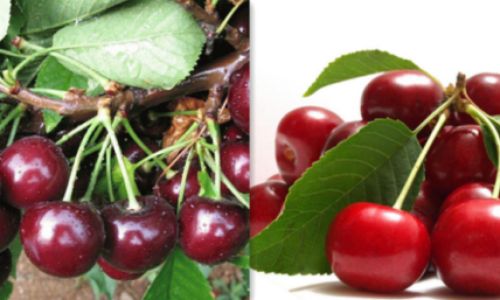
The culinary versatility of tart cherries and sweet cherries reflects their distinct flavor profiles. Tart cherries excel in savory and sweet applications alike. In savory dishes, they can be used to make cherry glazes for meats, added to salads for a burst of acidity, or incorporated into sauces and marinades. Their tartness also pairs well with dairy products, making cherry cheesecakes and ice creams a delightful treat.
Sweet cherries, with their juicy sweetness and firm texture, are most often enjoyed fresh or as a component in desserts. They are a staple in cherry pies, cobblers, and crisps, and their vibrant color adds a visual appeal to baked goods. Sweet cherries can also be used to make syrups, jams, and preserves, though their high sugar content means these preparations tend to be sweeter and less tangy than those made with tart cherries.
Nutritional Profiles and Health Benefits
Both tart cherries and sweet cherries offer a range of nutritional benefits, though they differ slightly in their composition. Tart cherries are particularly rich in antioxidants, including anthocyanins, which give them their dark color and contribute to their anti-inflammatory properties. Studies suggest that tart cherry consumption may help reduce inflammation, improve sleep quality, and support muscle recovery after exercise.
Sweet cherries, while also containing antioxidants and vitamins like Vitamin C and Vitamin A, tend to have a higher sugar content than tart cherries. This makes them a good source of natural energy but may be less suitable for individuals watching their sugar intake. However, sweet cherries also contain fiber, which aids in digestion, and potassium, which supports heart health.
Conclusion
In summary, the distinction between tart cherries and sweet cherries lies in their origins, appearances, flavors, culinary uses, and nutritional profiles. Tart cherries, with their smaller size, darker hue, and tart flavor, are ideal for cooking and baking, where their acidity can enhance the flavors of dishes. Sweet cherries, larger, brighter, and sweeter, are best enjoyed fresh or in desserts that highlight their juicy sweetness.
Understanding these differences not only enriches one’s culinary experience but also allows cherry lovers to choose the variety that best suits their taste preferences and health goals. Whether you’re a fan of tart cherries’ bold tang or sweet cherries’ sugary delight, there’s a cherry out there waiting to be savored. So, the next time you’re at the market, don’t shy away from exploring both types—your taste buds will thank you!
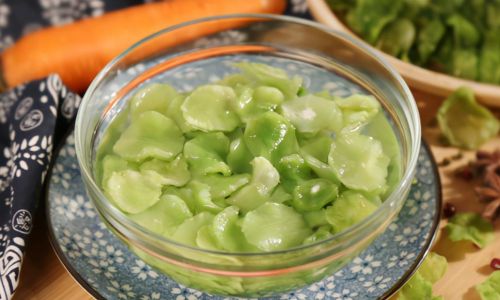

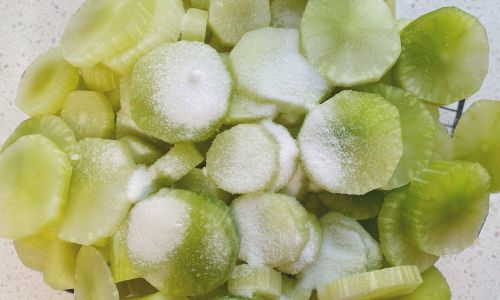
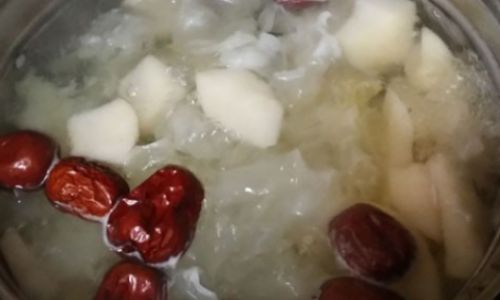
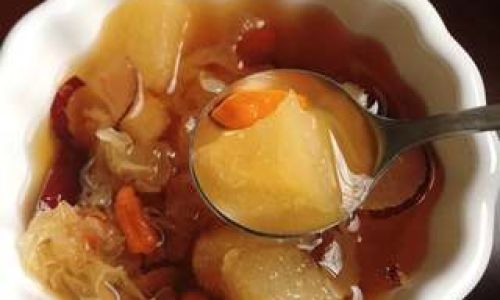
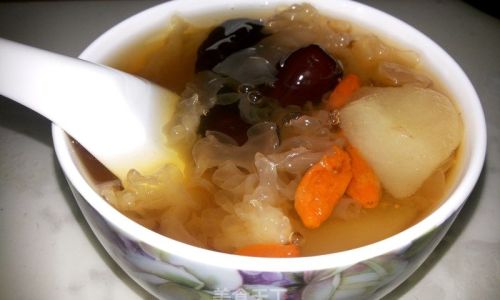
0 comments